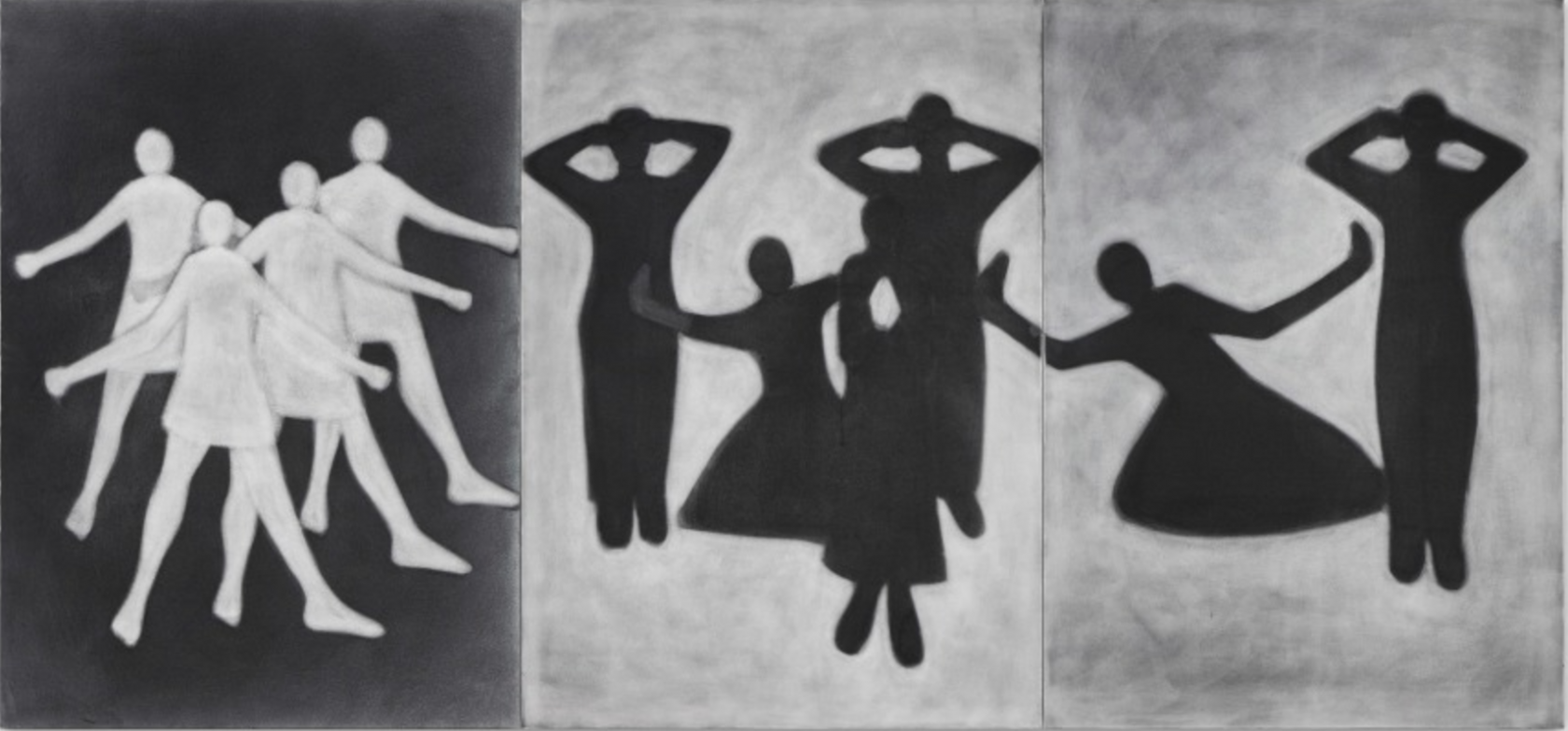Remembering Silke Otto-Knapp, 1970-2022

I met Silke in the early years of the new millennium, at the somewhat dingy offices of Afterall on an upper floor of the old Saint Martins building in London’s Soho. I had just arrived from Los Angeles for a first editorial meeting with my new partners, Charles Esche and Mark Lewis, feeling a little apprehensive. I had known Charles off and on since his years at Tramway in Glasgow, and had gotten to know Mark during the previous year, when he was part of the visiting teaching faculty at CalArts. The idea of a partnership on the journal had grown from that visit. I knew both to be brilliant, and was excited to engage with them intellectually. But flying across the Atlantic, I had begun to worry about the practicalities of running a publication, especially one that was going to have two offices 5.000 miles apart. Silke dispelled this unease. Here was someone who was also super-smart, but down to earth, practical, no-nonsense. I felt immediately confident that we would succeed.
Silke was the Managing Editor, and her managing style was purposeful and amused. The editorial team met twice a year to discuss and agree on the content of upcoming issues, alternating between London and Los Angeles, and Silke conducted those meetings with an array of looks. She could beam with pleasure and excitement if we were proposing artists she approved of, but also turn on a chilling scorn or an impatient glance at those she did not. In London she seemed to know everyone, and when we went to see shows, or attend openings, she was the star.
She and I shared an interest in slightly off beat painters like René Daniëls and Patrick Caulfield, who used limited means within a representational context, as well as artists in the dance and theatre worlds who mashed up a wide range of cultural references in ways that seemed more legible in a visual art context – here I am thinking of Michael Clark and Elizabeth LeCompte of The Wooster Group in particular. These interests were not always shared by the rest of the editorial team, and so we forged a bond in arguing for them. I still remember our glee when we were able to get an image from a Michael Clark dance on the cover. At the time it simply seemed the right image for the moment, later it seemed a portent of where Silke’s paintings would go.
Silke kept her studio practice separate from her editorial work, and I never saw her work at that time. But she did talk about her growing desire to leave Europe and move west. The editorial trips to Los Angeles became increasingly important as she plotted how to relocate. Knowing something of the difficulties involved in getting a visa to stay in the US, I was skeptical. But the same stubborn determination that had seen her prevail in editorial meetings also worked with the people at the Department of Homeland Security, and after the passage of some years, partly spent in Vienna, she was living in Pasadena. And with similar determination she pursued a teaching job to support herself as she established her career as a painter, joining the faculty of the UCLA Art Department.
Since devoting herself to the studio, she had developed a highly personal technique that involved layering and removing watercolors on porous canvas. The result of both medium and technique was that the paint seemed more like a stain than an application, something that had seeped into being rather than being brushed or slathered. Limiting her palette to a range of grays, she created luminous, mysterious landscapes and figure groups. The landscapes harked back to Northern Europe, perhaps her native Lower Saxony, certainly later the seas around Fogo Island in Newfoundland where she found respite in her final years. The figure groupings were inspired or informed by her interest in modern dance, in particular the awkward everyday movements that interested performers like Yvonne Rainer, and, of course, Michael Clark. The results were haunting spectral figures floating in a shallow non-space, shadows passing through time.
At the end of her life she was an internationally respected professional artist, but I know that an experience that she cherished above almost anything else, was participating in open rehearsals for a Michael Clark commission for the Tate’s Turbine Hall. She was tough, she was opinionated, she gave no quarter. But she also knew how to have fun, and how to spread the love of that joy to all who knew her. I can’t believe she is gone.
Silke Otto-Knapp, Formation 2019, watercolor on canvas, 3 panels 140x300x3 cm.
Courtesy Regen Projects